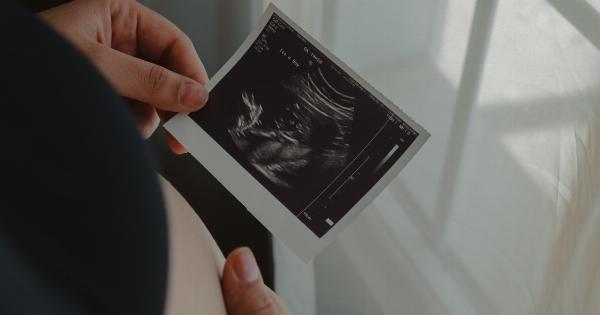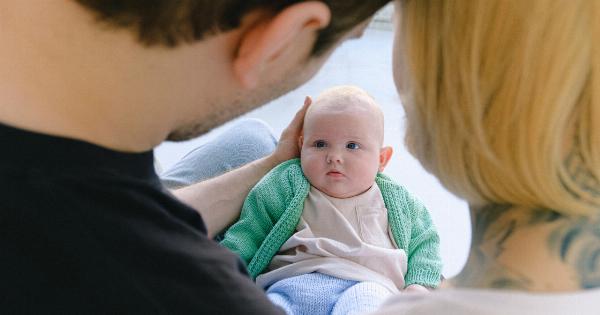Sudden Infant Death Syndrome, also known as SIDS, is the sudden, unexpected death of an infant under one year of age that cannot be explained even after thorough examination of the body and medical history.
It is a devastating event that can leave parents feeling helpless and bewildered. Fortunately, there are steps that parents can take to reduce the risk of SIDS. In this comprehensive guide, we will explore all aspects of SIDS, its risk factors, and the prevention methods that can protect your child from this tragedy.
What is SIDS?
Sudden Infant Death Syndrome is a term used to describe the sudden, unexplained death of an infant under one year of age. This phenomenon is also known as “crib death” because it often occurs when babies are sleeping.
SIDS is a leading cause of infant mortality in the United States, with approximately 3,500 infants dying from the condition each year.
What are the Risk Factors for SIDS?
While the cause of SIDS is still unknown, certain factors have been identified that increase the risk of the condition. These factors include:.
- Sleeping on the stomach or side
- Exposure to tobacco smoke
- Mother smoking during pregnancy
- Premature birth or low birth weight
- Being a twin or multiple birth
- Mother younger than 20 years of age
- Overheating
- No breast-feeding or shorter breastfeeding duration
- Soft bedding, such as blankets and pillows
- Sharing a bed with parents or other siblings
- Being exposed to alcohol or illicit drugs before or after birth
How Can SIDS be Prevented?
There are several steps that parents can take to reduce the risk of SIDS:.
1. Put Your Baby to Sleep on Their Back
The most important step to reduce the risk of SIDS is to put your baby to sleep on their back. This position has been shown to significantly reduce the risk of SIDS.
Once your baby is old enough to roll over on their own, you can let them find their own sleeping position, but always start with them on their back.
2. Use a Firm Mattress and Tight-Fitting Sheet
Use a firm mattress that fits snugly in the crib, and cover it with a tight-fitting sheet. Avoid using soft bedding, such as blankets, pillows, and bumpers, as they can increase the risk of suffocation and overheating.
3. Keep Your Baby’s Sleeping Area Safe
Make sure your baby’s sleeping area is safe by removing all loose bedding, toys, and other objects that can pose a risk of suffocation.
Keep the room at a comfortable temperature to avoid overheating and dress your baby appropriately for the temperature. Do not overdress or use too many layers of clothing or blankets.
4. Avoid Exposure to Tobacco Smoke
Avoid exposing your baby to tobacco smoke, including cigarette smoke and smoke from other sources, such as wood stoves and fireplaces.
Exposure to tobacco smoke increases the risk of SIDS, and can also cause other health problems for your baby, such as respiratory infections and asthma.
5. Breastfeed Your Baby
Breastfeeding is associated with a lower risk of SIDS. If possible, try to breastfeed exclusively for at least six months, and continue breastfeeding while introducing solid foods.
Breast milk provides many health benefits that can protect your baby from a variety of illnesses and conditions.
6. Don’t Share a Bed with Your Baby
Avoid sharing a bed with your baby, as this can increase the risk of SIDS. Instead, place your baby in a separate crib or bassinet in your room for the first six months of life. This will help your baby sleep better and reduce the risk of SIDS.
7. Offer a Pacifier at Naptime and Bedtime
Offer your baby a pacifier at naptime and bedtime, as this has been shown to reduce the risk of SIDS. If your baby does not want to use a pacifier, do not force them to do so.
8. Don’t Overheat Your Baby
Keep your baby’s sleeping area at a comfortable temperature and dress them appropriately for the temperature. Overheating can increase the risk of SIDS.
Avoid using too many layers of clothing or blankets, and check your baby frequently to ensure they are not too hot.
9. Follow Safe Sleep Practices When Traveling
When traveling with your baby, make sure to follow safe sleep practices, such as placing your baby on their back to sleep and avoiding loose bedding and soft objects.
Bring a portable crib or bassinet if possible, as this will provide a safe sleeping environment for your baby.
10. Seek Medical Care for Your Baby as Needed
Make sure to take your baby to all scheduled well-baby visits and seek medical care promptly if your baby shows any signs of illness or distress. Early diagnosis and treatment can prevent many health problems and reduce the risk of SIDS.
Conclusion
Sudden Infant Death Syndrome is a devastating condition that can leave parents feeling helpless and confused. However, there are steps that parents can take to reduce the risk of SIDS and protect their child.
By following safe sleep practices, avoiding risk factors, and seeking medical care as needed, parents can help ensure that their baby stays safe and healthy.



























